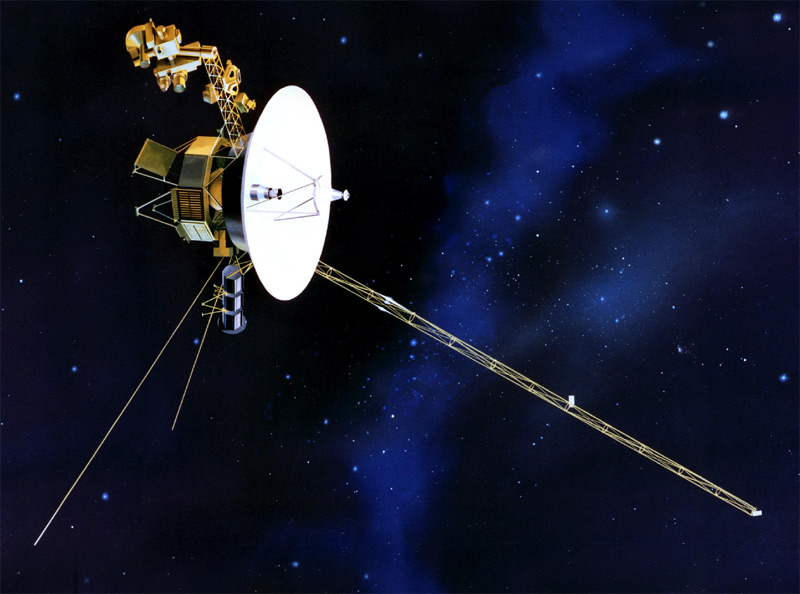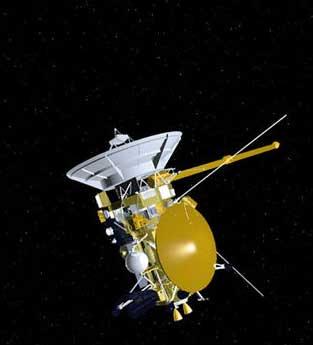NASA's Cassini spacecraft created its nearest strategy to Saturn's little celestial satellite Methone as aspect of a velocity that will take it on a near flyby of another of Saturn's moons, Powerhouse. The Powerhouse flyby will put the spacecraft in an orbit around Saturn that is prepared, or straight, comparative to the aircraft of the globe's equator. The flyby of Methone took position on May 20 at a range of about 1,200 kilometers (1,900 kilometers). It was Cassini's nearest flyby of the 2-mile-wide (3-kilometer-wide) celestial satellite. The best previous Cassini pictures were taken on May 8, 2005, at a range of about 140,000 kilometers (225,000 kilometers), and they hardly settled this item.
Also on May 20, Cassini acquired pictures of Tethys, a bigger Saturnian celestial satellite that is 660 kilometers (1,062 kilometers) across. The spacecraft went by Tethys at a range of about 34,000 kilometers (54,000 kilometers).
Cassini's encounter with Powerhouse, Saturn's biggest celestial satellite, on May 22, is the first of a series of flybys that will put the spacecraft into an prepared orbit. At nearest strategy, Cassini will fly within about 593 kilometers (955 kilometers) of the exterior of the obscure Powerhouse. The flyby will position Cassini's direction around Saturn by about 16 levels out of the tropical aircraft, which is the same aircraft in which Saturn's jewelry and most of its moons live.
Cassini's built in thrusters don't have the capability to position the spacecraft into orbits so prepared. But objective developers have organized trajectories that take benefits of the gravitational power applied by Powerhouse to increase Cassini into prepared orbits. Over the next few several weeks, Cassini will use several flybys of Powerhouse to modify the position of its trend, developing one on top of the other until Cassini is revolving about Saturn at around 62 levels comparative to the tropical aircraft in 2013. Cassini hasn't traveled in orbits this prepared since 2008, when it orbited at an position of 74 levels.
This set of prepared orbits is predicted to offer amazing opinions of the jewelry and posts of Saturn. Further research of Saturn's other moons will have to delay until around 2015, when Cassini profits to an tropical orbit.
"Getting Cassini into these prepared orbits is going to need the same stage of routing precision that the group has provided in previous times, because each of these Powerhouse flybys has to remain right on the cash," said John Mitchell, Cassini system administrator at NASA's Jet Space Clinical, Pasadena, Calif. "However, with nearly eight decades of encounter to depend on, there's no question about their capability to take this off."
Cassini found Methone and two other little moons, Pallene and Anthe, between the orbits of Mimas and Enceladus between 2004 and 2007. The three little moons, known as the Alkyonides group, are included in Saturn's E band, and their materials are applied by ice contaminants via the water jets of water ice, water steam and natural substances via the southern region complete place of Enceladus.
The Cassini-Huygens objective is a supportive venture of NASA, the Western Area Organization and the French language Area Organization. JPL controls the objective for the company's Technological innovation Mission Directorate in Florida. The Florida Institution of Technological innovation in Pasadena controls JPL for NASA.
For more information visit
http://www.nasa.gov/mission_pages/cassini/whycassini/cassini20120521.html























































